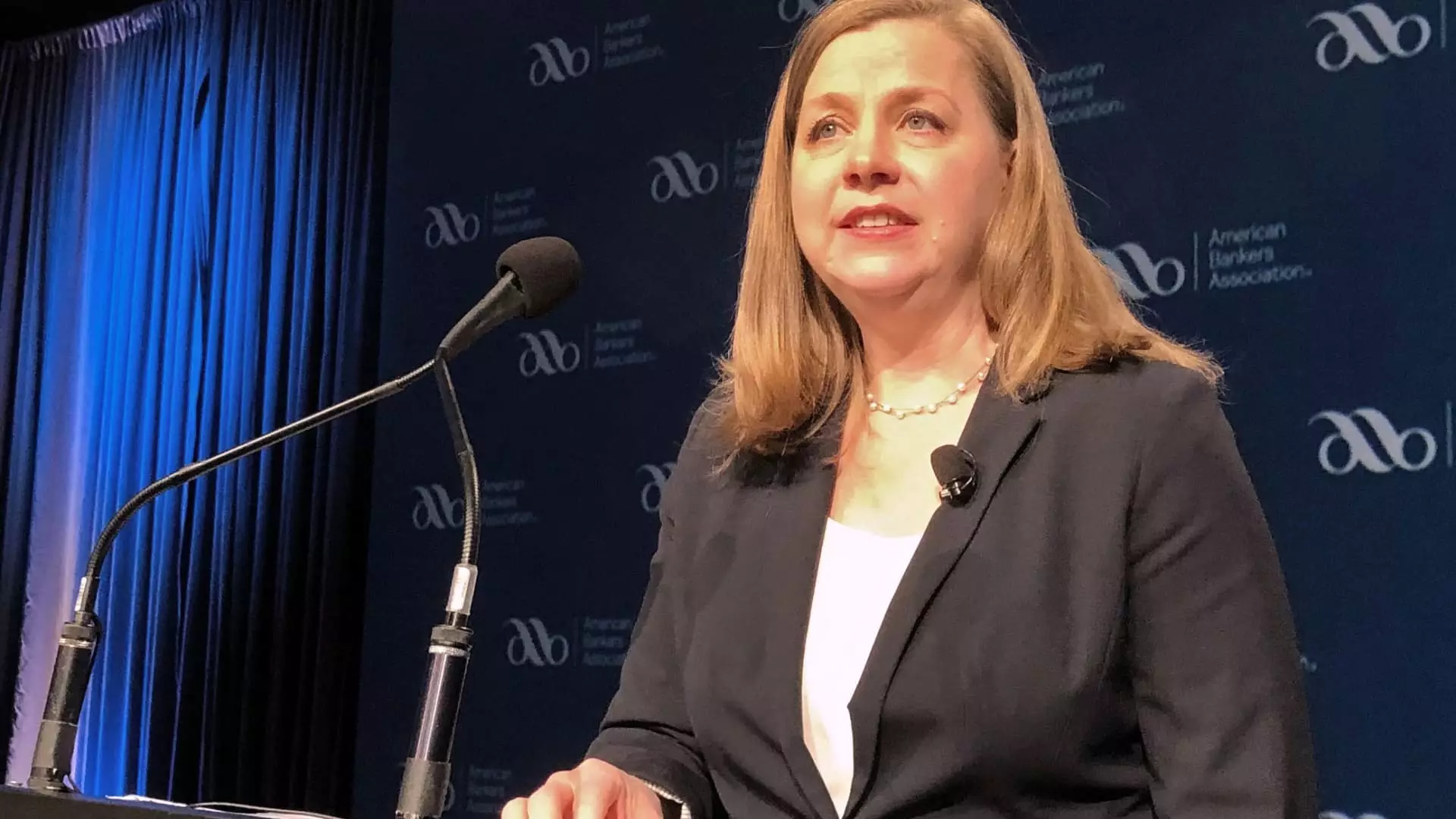In a recent address to the American Bankers Association, Federal Reserve Governor Michelle Bowman articulated her views on the current state of monetary policy, emphasizing that it is in a relatively stable position. However, she underscored the necessity for more concrete evidence of declining inflation rates before considering any further reductions in interest rates. Her remarks highlight an underlying caution among policymakers regarding the inflation trajectory and its implications for the broader economy.
Bowman’s analysis points to a crucial issue: the rise in core goods price inflation that has persisted since last spring. This trend has complicated efforts to manage inflation effectively, leading to a slowdown in progress that many had anticipated in the post-pandemic recovery phase. Despite her expectation that inflation may decelerate throughout the year, she acknowledged that achieving disinflation could take longer than desired. This sentiment reflects a broader concern among economists about the difficulty of managing inflation in a context where monetary policy adjustments are needed.
One of Bowman’s key observations relates to the labor market’s solid performance, which she believes presents heightened risks to price stability. A strong labor market often translates into increased consumer spending and wage growth, both of which can exert upward pressure on prices. As policymakers weigh their options, the strength of the labor market becomes a crucial variable in their assessments, influencing decisions on interest rates and inflation management strategies.
The release of the latest consumer price index data revealed that inflation rates climbed higher than anticipated in January, achieving a monthly increase of 0.5% instead of the forecasted 0.3%. This uptick resulted in an annual inflation rate of 3%, exceeding the consensus estimate of 2.9%. Such data create a challenging scenario for the Federal Reserve, as they must balance the need for economic growth with the imperative of controlling inflation. Bowman’s assertion that the current interest rate target range, held steady at 4.25% to 4.5%, is suitable denotes a strategic approach aimed at maintaining equilibrium while monitoring ongoing economic fluctuations.
Bowman’s address also brought attention to external factors affecting inflation, particularly the tariffs imposed on major trading partners under former President Donald Trump’s administration. These tariffs have raised concerns among economists regarding the potential for increased prices on consumer goods, thereby complicating the inflation outlook. As the Fed strategizes for potential interest rate adjustments, the implications of trade conflicts and their fallout on domestic prices remain critical considerations.
Governor Bowman’s insights offer a cautious yet informed perspective on the future of monetary policy amid evolving economic conditions. It is clear that while the current stance may be appropriate, close attention to inflation data and labor market dynamics will be essential to navigate the challenges ahead. Adjustments to monetary policy will require a delicate balance, as the Federal Reserve aims to support economic stability while mitigating the risks posed by inflationary pressures. The path forward necessitates vigilance and strategic foresight in responding to both domestic and international economic variables.


Leave a Reply